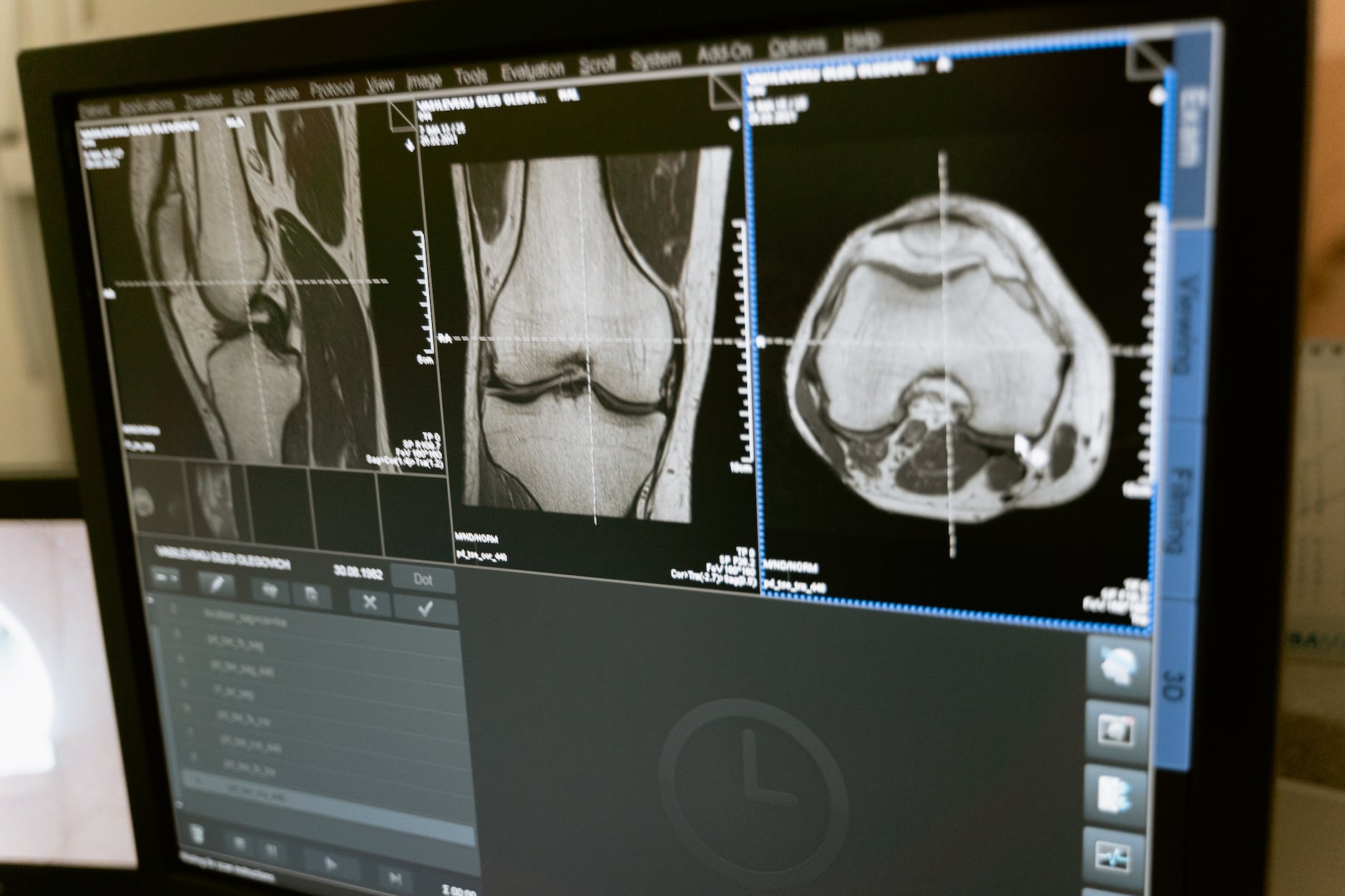
Minimally Invasive Lumbar Decompression
If you suffer from lower back pain, you’re not alone. According to the National Institute of Neurological Disorders and Stroke (NINDS), nearly 80% of adults will experience lower back pain at some point in their lives. Fortunately, there are a variety of treatments available, including minimally invasive lumbar decompression. In this article, we’ll cover everything you need to know about this treatment option, including what it is, how it works, and what to expect during and after the procedure.
What is Minimally Invasive Lumbar Decompression?
Minimally invasive lumbar decompression, also called the “mild Procedure” is a procedure that aims to relieve pressure on the nerves in the lower back by removing a portion of the bone or tissue that is compressing them. The procedure is performed through a small incision, typically less than an inch, using specialized instruments that allow the surgeon to access the affected area without disrupting surrounding tissue.
How Does Minimally Invasive Lumbar Decompression Work?
During the procedure, the surgeon makes a small incision in the lower back and inserts a specialized tool called a tubular retractor. This tool creates a tunnel through the muscles and tissue surrounding the spine, allowing the surgeon to access the affected area. Once the surgeon has identified the source of the compression, they can use a variety of tools, including a laser, to remove the offending tissue or bone.
What Are the Benefits of Minimally Invasive Lumbar Decompression?
There are several benefits to minimally invasive lumbar decompression, including:
- Less scarring: Because the incision is small, there is less scarring than with traditional open surgery.
- Faster recovery time: Because the procedure is less invasive, patients typically experience less pain and a faster recovery time than with traditional open surgery.
- Reduced risk of complications: Because the procedure is less invasive, there is a reduced risk of complications, such as infection and bleeding.
What Conditions Can Minimally Invasive Lumbar Decompression Treat?
Minimally invasive lumbar decompression can be used to treat a variety of conditions that cause pressure on the nerves in the lower back, including:
- Lumbar spinal stenosis: a narrowing of the spinal canal that puts pressure on the nerves.
- Herniated disc: when the cushion between the vertebrae in the spine slips out of place and puts pressure on the nerves.
- Degenerative disc disease: a condition in which the discs in the spine lose their cushioning and put pressure on the nerves.
- Bone spurs: bony growths that can form on the vertebrae and put pressure on the nerves.
What Should I Expect During and After the Procedure?
Before the procedure, your surgeon will perform a thorough physical examination and may order imaging tests, such as an MRI or CT scan, to identify the source of the compression. You will be given anesthesia to ensure that you are comfortable during the procedure. After the procedure, you may be required to stay in the hospital overnight for observation, although many patients are able to go home the same day.
Recovery time varies depending on the individual and the extent of the procedure. Most patients are able to return to work and other activities within a few weeks of the procedure, although your surgeon will provide specific instructions on when you can resume your normal activities.
Conclusion
Minimally invasive lumbar decompression is a safe and effective treatment option for a variety of lower back conditions. If you are experiencing lower back pain, speak to your doctor to determine if this procedure is right for you. With the right care and treatment, you can get back to the activities you love and live your life to the fullest. You can learn more about the mild procedure on vertosmed.com. They have specialized in minimally invasive treatment for lumbar spinal stenosis.





